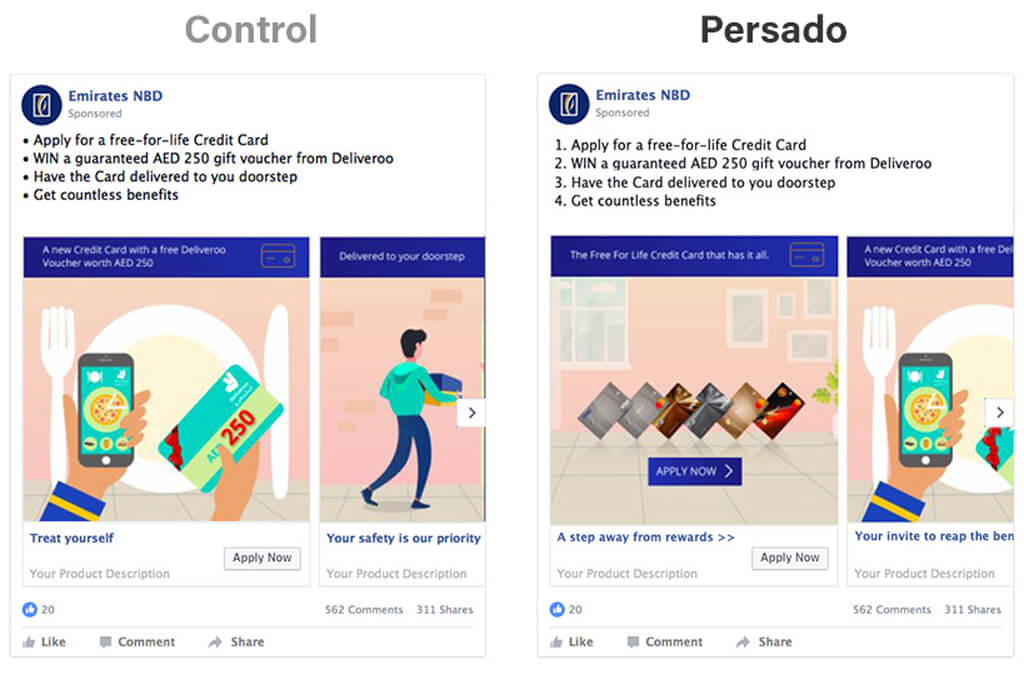Retail CMOs have been using data-driven models for a long time to hone the quantitative elements of marketing like pricing, promotions and inventory. Decisions on the more qualitative components of their roles, like creative, have mostly remained subjective. As CMOs become even more accountable for performance and delivering growth, subjective decision making is coming under fire. It is now necessary to blend art and science in all areas of marketing, including creative.
Persado Senior Vice President of Customer Success Ryan Deutsch helps leading retail CMOs leverage AI to deliver quantifiable business benefits. He shared his insights on how CMOs can leapfrog the competition and strategies to address key challenges for retail marketing leaders.
What are some important retail consumer behavior trends, and how can marketing teams use AI to capitalize on them?
Ryan Deutsch: Many retailers, particularly click-and-mortar retailers, are navigating the change in landscape driven by Amazon and the move to digital-first customer engagement. Businesses are focusing on what it means to create a truly omnichannel customer experience. How do online and store experiences come together to create a competitive offering? Retailers, including Amazon, are looking to create a seamless shopping experience across multiple channels and touchpoints.
A focus on personalization
As things become more digital, retail marketers are looking to retain a personal relationship with the customer because [customers] don’t have the opportunity to engage with store associates face-to-face. Personalization is an important element for many retail brands’ growth.
Accountability
When marketers personalize experiences across touchpoints and registers, do they pinpoint which investments drove business results? Retail marketers are challenged to tie all investments to performance, even those previously considered untrackable.
Previously qualitative content like copy can become quantitative. This is the power of AI.
How can artificial intelligence help with this?
Ryan Deutsch: Marketers have done all they can with targeting, segmentation, micro-segmentation, offer optimization, dynamic pricing, etc. There is simply no step-change opportunity left in further personalizing offers and product-specific marketing. AI can help marketers unlock completely new opportunities for personalization. These newly discovered attributes unlock material lifts in engagement and conversion.
Marketing creative is a good example. AI and machine learning can create personalized content that resonates with audiences in-store or online. AI can learn and understand what content best engages customers and provide them with better experiences. Previously qualitative content like the copy can become quantitative. This is the power of AI. Imagine understanding the emotional words and phrases that resonate with an audience, segment or individual and then creating copy leveraging these insights. In this case, not only do we deliver personalized experiences, but we add accountability to creative development and execution.
What are some of the biggest issues that CMOs and marketing executives are running into as they try to grow in accordance with these retail marketing trends?
Ryan Deutsch: The need to prioritize investments with constrained resources and no runway. There’s no time to get your feet wet with a 24-month analysis and strategic rebranding — the CMO tenure averages 43 months.
Prioritize based on the size of the prize and near-term financial contribution to the business. Of all the projects and technologies a CMO can choose from to address personalization, they must do so in an accountable way. They have to ask themselves what’s worth the most to the business and do that. If you are driving $500 million of attributed revenue through marketing and see 40% uplifts by leveraging AI to change the words and phrases you use, wouldn’t you sign up for that?
If you are driving $500 million of attributed revenue through marketing and see 40% uplifts by leveraging AI to change the words and phrases you use, wouldn’t you sign up for that?
How do you get leadership buy-in when marketers have such a sweet spot for creative and adopting AI may be seen as heresy?
Ryan Deutsch: Across many retailers, the roles of CMO, chief information and chief digital officer are either working closely together or are combined into one or two positions. It’s important for creative people, who are responsible for writing marketing copy or designing digital marketing content, to embrace AI as a platform that they make their own. Data will drive decision making. If you’re in creative, you need to have data-driven tools to reinforce or help you deliver the right creative. Otherwise, this type of accountability will be owned elsewhere in the organization. It’s way more effective if it comes from the creative organization.
What are some retail brands that you think are doing great things with AI?
Ryan Deutsch: Gap is a great example from a retail standpoint. A significant percentage of Gap’s business is digital and digitally influenced. They understand that the way to take advantage of that digital influence is to leverage the data and insights that you get from digital customers and use that as a strategic advantage.



